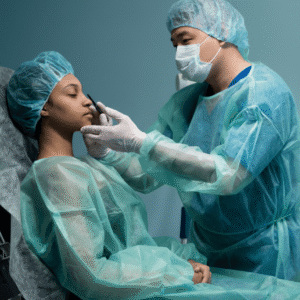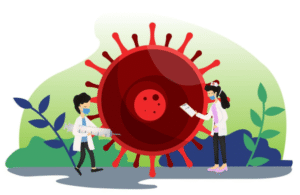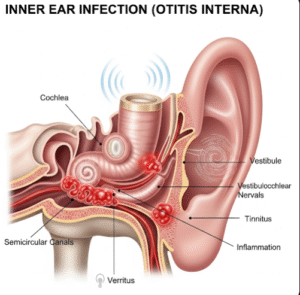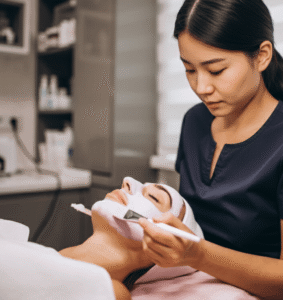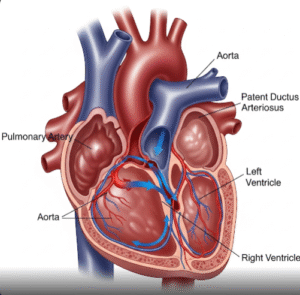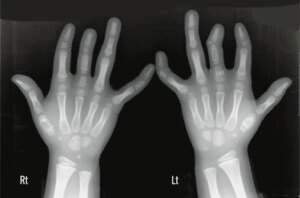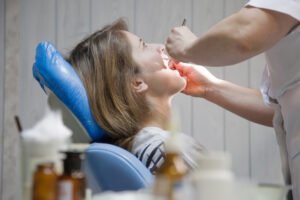Overview
Severe Acute Respiratory Syndrome (SARS) is a viral respiratory illness caused by a coronavirus. It first emerged in Asia in 2002 and caused a global health concern due to its high transmissibility and fatality rate. While South Korea did not experience a major SARS outbreak, the country took strong preventive actions and developed a robust infectious disease response system that continues to influence its handling of respiratory diseases like COVID-19.
What is SARS?
SARS is a contagious and sometimes fatal respiratory illness caused by the SARS-associated coronavirus (SARS-CoV). It spreads through close person-to-person contact, mainly via respiratory droplets. The illness typically starts with flu-like symptoms and can progress to pneumonia and respiratory failure in severe cases.
SARS was declared contained by the World Health Organization in 2003, but it remains a significant example of emerging infectious diseases and global health threats.
Symptoms
- High fever (above 38°C or 100.4°F)
- Dry cough
- Shortness of breath
- Headache
- Chills
- Muscle aches
- Diarrhea (in some cases)
- In severe cases: Pneumonia, low oxygen levels, respiratory failure
Symptoms usually appear 2 to 7 days after exposure, but incubation can extend up to 10 days.
Causes
SARS is caused by SARS-CoV, a coronavirus believed to have originated in bats and spread to humans via intermediate animal hosts (likely civet cats). It spreads through:
- Respiratory droplets from coughs or sneezes
- Close personal contact (e.g., caring for or living with an infected person)
- Touching contaminated surfaces and then touching the face (eyes, nose, or mouth)
Risk Factors
- Close contact with SARS patients
- Health care workers without proper protective equipment
- Travelers to affected areas during outbreaks
- Individuals with weakened immune systems or pre-existing respiratory conditions
Complications
- Severe pneumonia
- Respiratory failure requiring mechanical ventilation
- Liver damage
- Heart abnormalities
- Death (estimated fatality rate of ~10%)
- Psychological effects from isolation and treatment stress
Prevention
- Infection control practices (especially in hospitals and care facilities)
- Wearing masks and using proper hand hygiene
- Quarantine and isolation of suspected or confirmed cases
- Health screening at airports and border checkpoints
- Public education on symptoms and transmission
- Surveillance systems for early detection of outbreaks
South Korea’s preparedness and swift action during and after the SARS era laid the groundwork for its effective pandemic response systems used during COVID-19.
Treatment Options in Korea
There is no specific antiviral treatment for SARS. Management focuses on supportive care, preventing complications, and ensuring adequate respiratory support. South Korea has advanced facilities and trained infectious disease teams that can handle such outbreaks.
1. Hospitalization and Supportive Care
- Patients with SARS are isolated in negative-pressure rooms in infectious disease hospitals
- Oxygen therapy and mechanical ventilation are used in severe respiratory distress
- IV fluids, nutritional support, and antipyretics for symptom management
- Broad-spectrum antibiotics may be used if secondary bacterial infection is suspected
2. Experimental or Antiviral Treatments
- During the original outbreak, treatments like ribavirin and corticosteroids were tried but lacked consistent effectiveness
- Current research focuses on broad-spectrum antivirals, monoclonal antibodies, and repurposed drugs (based on COVID-19 advances)
3. Infection Control and Quarantine
- Korea has a centralized infectious disease control system, including the Korea Disease Control and Prevention Agency (KDCA)
- Strong contact tracing, digital monitoring, and public health alert systems
- Mass testing and strict quarantine measures are applied if new cases emerge
4. Public Health Infrastructure
- High-level biosafety labs and designated infectious disease hospitals
- Telemedicine and mobile apps for symptom monitoring and reporting
- National emergency response teams trained for future SARS-like events





